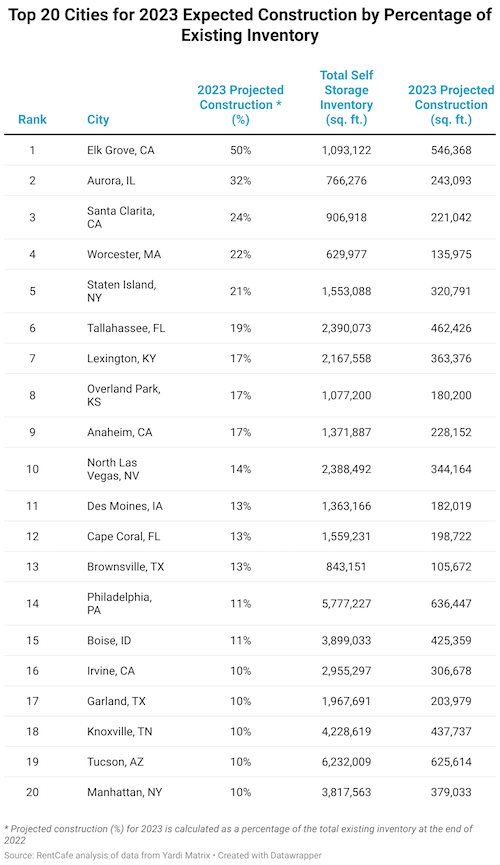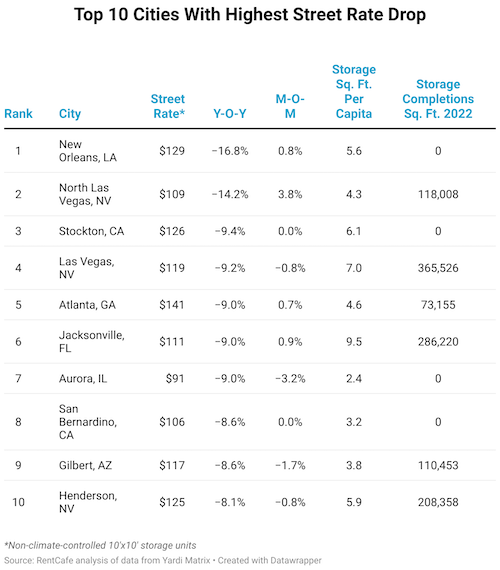Investors looking for attractive returns in the U.S. housing market need look no further than workforce rental housing. A chronic shortage of housing in the country, exacerbated by onerous zoning, land use, and environmental regulations, labor shortages, and demographic shifts, has created a prime opportunity for investing in this segment.
The Supply Shortfall
Since 2017, the shortage of housing in the U.S. has been growing at an alarming rate, with estimates now ranging from 3.8 to 6.8 million units. The lack of supply, particularly in the workforce housing sector, has resulted in historically low vacancy rates and record-high rent and home prices.
Between 2010 and 2021, household formation exceeded net housing deliveries by nearly 4.8 million units leading to a decrease in vacancy rates, making housing less affordable and hindering household formation.
To close the housing gap, at least 3.4 million units are needed within five years, and the rate of new unit delivery needs to increase by approximately 71%. This shortage is evident in the downward trend of the ratio of total housing inventory to the total number of households, which has been below 1 (meaning there is at least one household unit for every household) since Q4 2017.
The shortage also disproportionately affects younger generations, as the median age of household heads has increased from 49.0 in 2008 to 52.1 in 2021.
The current combined vacancy rate for all for-sale and for-rent housing in the US is just 2.5%, with rent and home prices growing annually by an average of 11.1% and 18.9%, respectively.
The Growth and Impact of Zoning, Land Use, and Environmental Regulations on Housing Production
Strict local zoning and environmental laws limit affordable housing by increasing development costs by 32% for multifamily projects. This reduces supply, forcing developers to charge higher prices.
Increasing regulations worsen the housing shortfall, as evidenced by a negative correlation between regulatory cases and permits issued per state. From 2006 to 2018, 49% of U.S. metropolitan areas increased land use regulations. Each regulation in a California city raises the cost of owner-occupied and rental housing by an estimated 4.5% and 2.3%, respectively.
The Workforce Rental Cohort
The shortage of new workforce housing is hurting those earning between $45,000 and $75,000 annually the hardest, as developers typically focus on either luxury apartments or affordable housing. This underserved segment has higher rents and reduced vacancies, making it an attractive investment opportunity.
Private real estate funds focused on workforce rental housing have historically returned an average net IRR of 16.4% between 2009 to 2019, outperforming luxury housing-focused funds’ average net IRR of just 10.7%. While past performance is not indicative of future results, the favorable demographic and supply/demand fundamentals make the workforce multifamily sector a positive outlook for investors.
The chronic underproduction of housing in the U.S. has made workforce rental housing an attractive and sustainable target for investment. As demand goes unmet, prices rise, and this is a trend that is set to continue in the coming years. Investors looking for opportunities in the U.S. housing market should consider investing in the workforce rental segment for durable cash distributions and sustainable capital value appreciation.
 [row]
[col span__sm="12"]
[row]
[col span__sm="12"]








